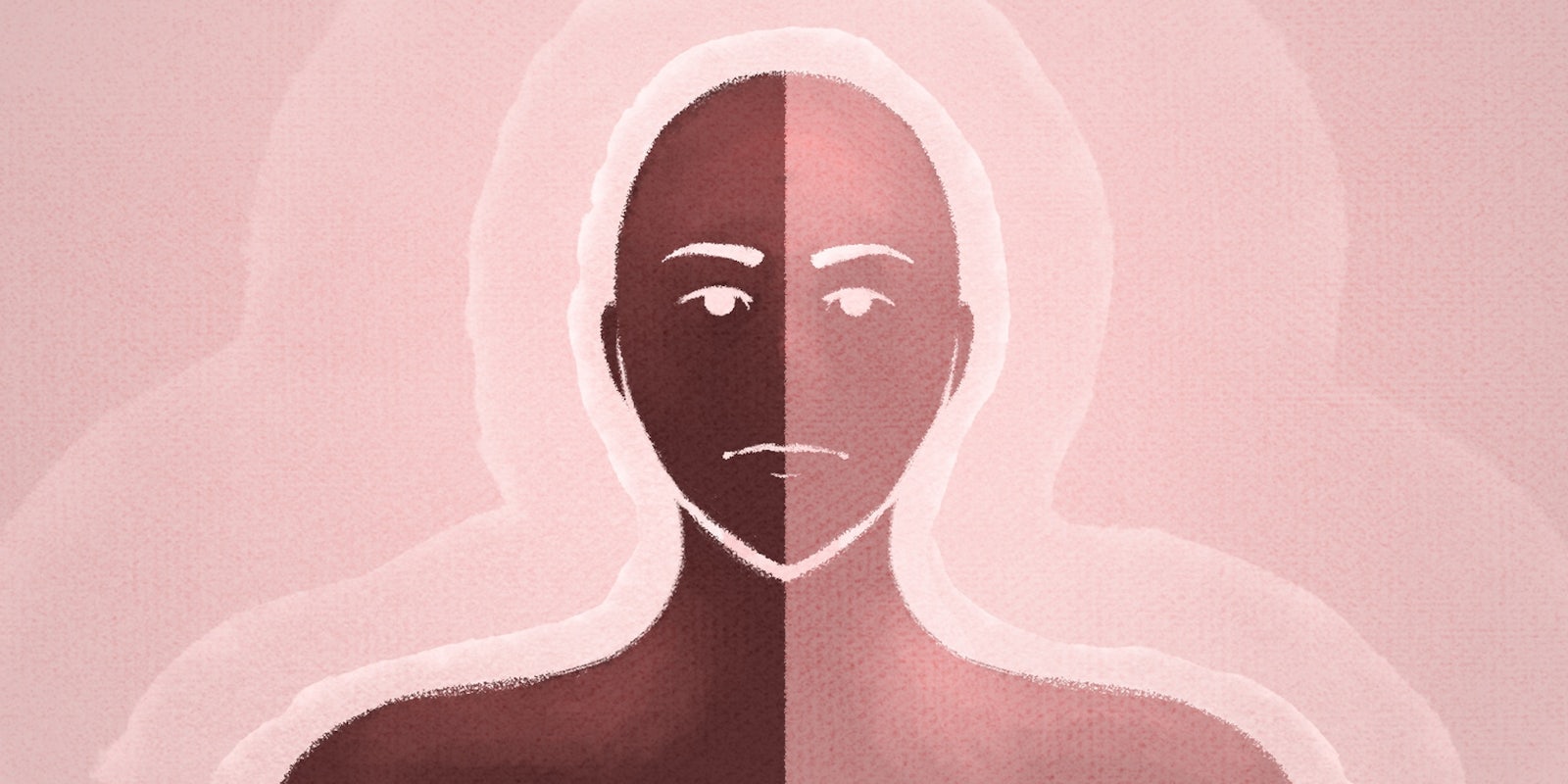It has always frustrated me that “biracial” and all its synonyms have usually evoked one image. You’ll know it when you see it: It’s usually a child, with tan skin and eyes any shade but brown. Not too ethnic, just enough to keep it “exotic” but not enough to trigger prejudice.
Jia Tolentino put the phenomenon perfectly in an essay for The Hairpin last year: “look how nice we look, as a people, when white gets to be more interesting and minorities get to look white. Look at this freckled, green-eyed future. Look at how beautiful it is to see everything diluted that we used to hate.” I started the hashtag #biraciallookslike in hopes that that image could change.
https://twitter.com/jayasax/status/643870117621813254
There are not many shared experiences among biracial people because the only thing we have in common is that our parents are of different races and heritages. There may not be many lived experiences that I, a woman with an Indian immigrant father and a white mother, would have in common with, say, a man with a Black mother and an Iranian father. Still, among the mixed community (if there is one), there are a few common refrains of everything from pride to alienation and confusion.
Like any identity, being biracial has its pros and cons. There are advantages when it comes to code-switching and being adaptable to different environments. And there are certainly privileges that come if you happen to look like that “freckled, green-eyed” template, which I do. But there are frustrations and anxieties, too. A recent study by Sarah E. Gaither backs up anecdotal evidence that biracial people feel that a “social pressure of having to ‘choose’ one of their racial groups is a primary source of psychological conflict.” It cites “social exclusion, disapproval from extended family, increased discrimination, and lower psychological well-being” as potential results, and states that “multiracials often deal with others questioning their racial background which causes increased difficulty in forming a social identity.”
There’s the feeling that you don’t quite belong anywhere, or in some cases, explicitly not being accepted by members of your family. There are people who are constantly trying to figure out “what” you are. There are people who won’t believe you’re telling the truth about your background. Often I have felt pressured to identify with my “most minority” side, which others insist that is the most interesting thing about me. Biracial people become curios of white study.
#BiracialLooksLike had a simple motive behind it: A place for anyone who self-identifies as biracial and is comfortable posting selfies, and a way to show everyone else that there is no one way for biracial to look. Also, perhaps, it could make the experience of being of mixed heritage not so isolating.
After I started the hashtag, selfies started rolling in, faces of all colors and backgrounds (though few chose to identify what their backgrounds are, which is good, because it’s nobody’s damn business). But there were also a profound variation of experience expressed.
https://twitter.com/SundaySweethrt/status/644521376104235008
https://twitter.com/h00daches/status/644344520163893248
https://twitter.com/yeloson/status/643999695719657472
https://twitter.com/gabebergado/status/644552894520426496
It took me a long time to identify as biracial. I’m still not sure of it when the word sits in my mouth. Some days “mixed” sounds better, or “multiracial,” and most days I prickle at labels and don’t want to talk about it at all. I have experienced some outright prejudice, but mostly it’s just an endless barrage of “where are you from?”—what Gaither’s study calls “dehumanizing”—but what I would mainly call exhausting. Some biracial people have experienced profound racism and prejudice, and some have not. Biracial is not one thing. There is no one biracial experience.
The experience we tend to value the most is one that allows us to think being mixed is a solely “beautiful” thing—heralding an inevitable future where our past transgressions are wiped clean, a step toward world peace through DNA. To believe that is to deny the lived experiences of many who identify as biracial. We are not your proof that “racism is over.” We are not a rainbow at the end of the civil rights path.
What #BiracialLooksLike is showing me is a plurality of identities and experiences that fall under this umbrella. What is shows me is that you can’t tell us how biracial looks.
Illustration by Max Fleishman


